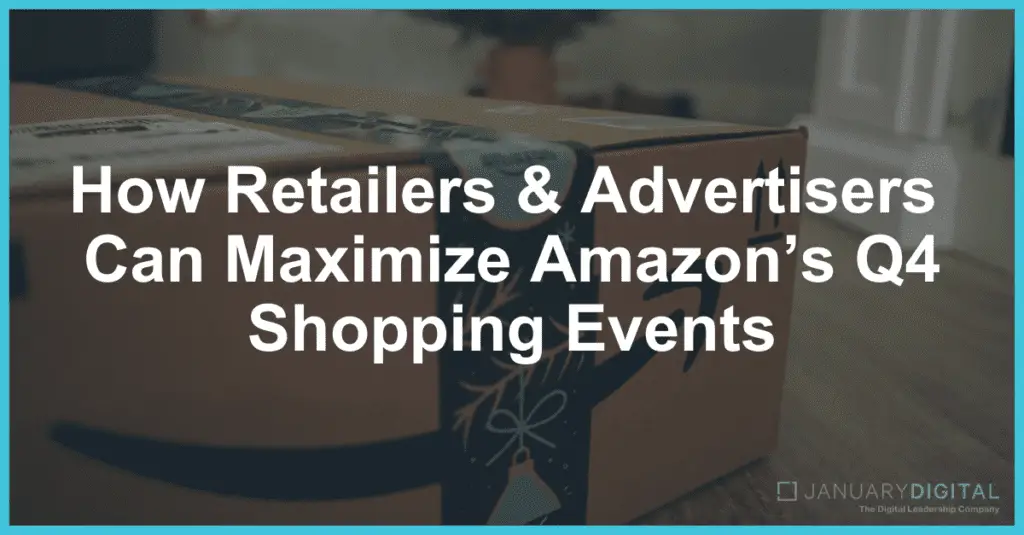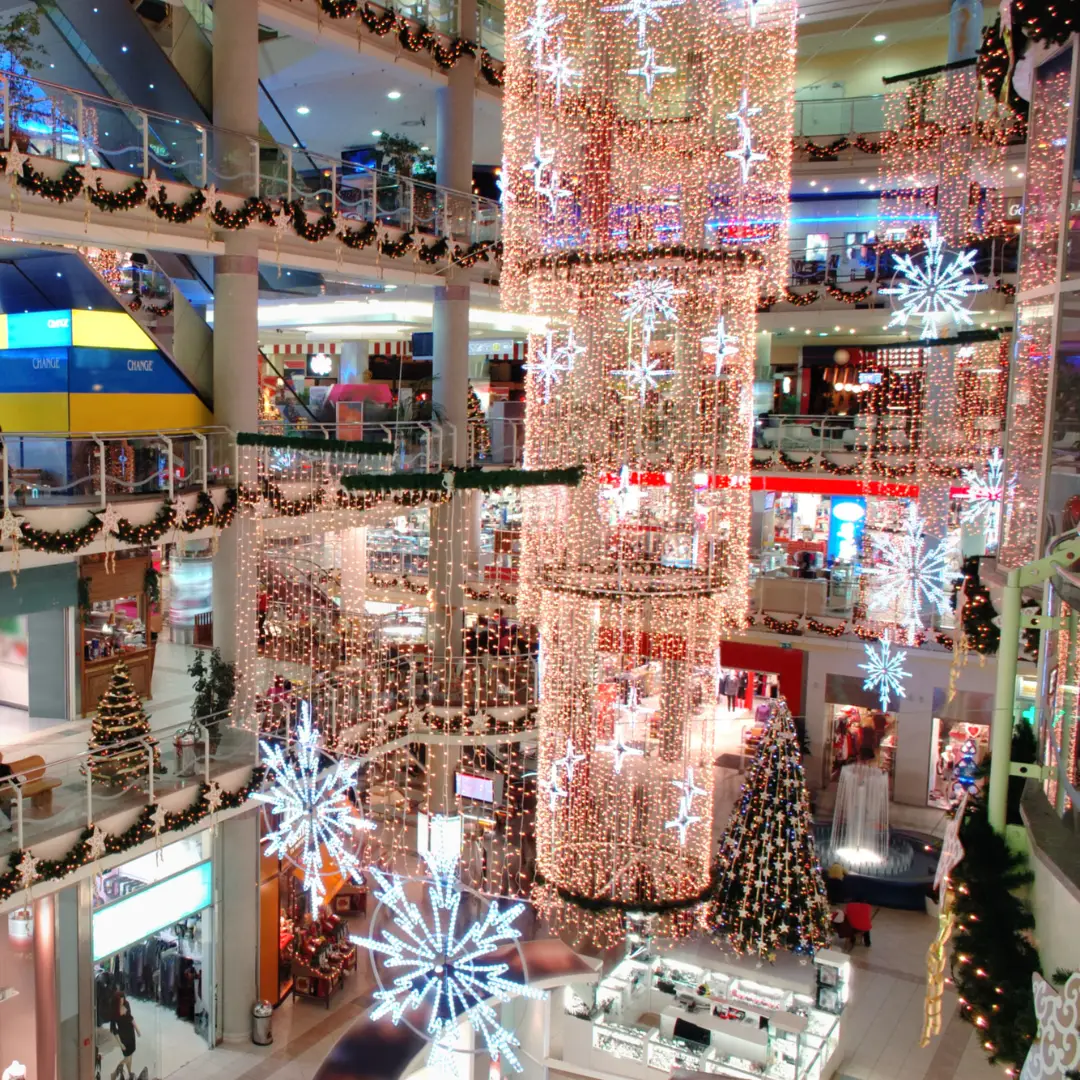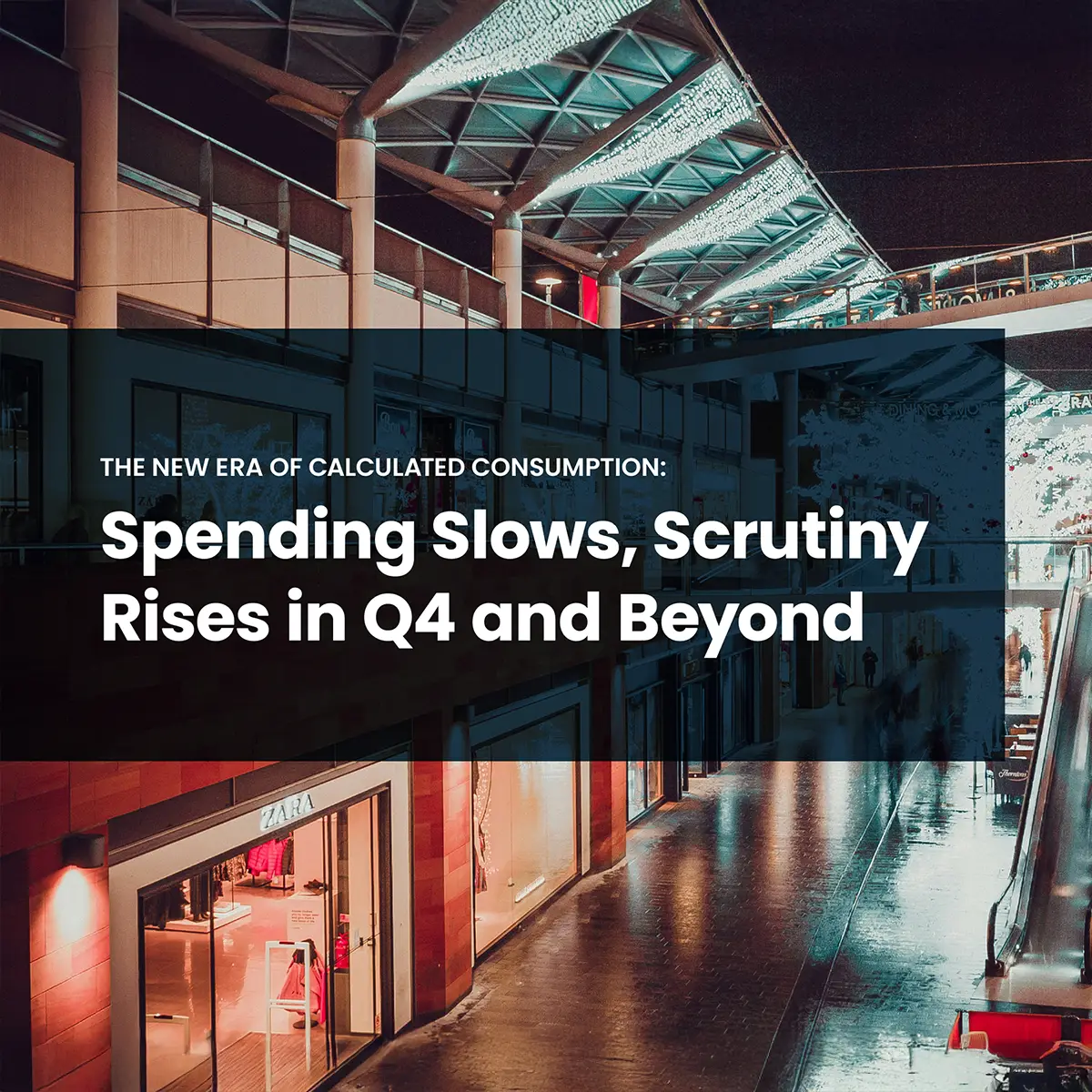
Prime Day, Black Friday and Cyber Monday – Oh My!
Amazon’s seasonal events span Q4 with multiple opportunities to capture elevated traffic and high purchase intent on the platform. As Q4 is off to the races, we wanted to provide guidance to retailers and advertisers who plan to participate in any of the upcoming events.
Amazon recently hosted their Q4 Seasonal Events Summit. We attended this summit to prepare ourselves and our partners for what to expect before, during, and after these promotional opportunities.
Key Insights:
- Brands who prepare for key seasonal events on Amazon such as Prime Day, Black Friday and Cyber Monday have the opportunity to boost awareness, attract new customers, and drive increased sales. It is important to monitor inventory levels and update both product detail pages and brand stores to account for a lift in traffic.
- Offer competitive promotions and pricing to align with consumer expectations and provide increased value over similar products. The long term benefits of offering discounts outweigh the short term revenue loss.
- Even though Prime Day, Black Friday, and Cyber Monday only last days, their impact on Amazon can last for the weeks following. Higher levels of traffic are sustained, and this is a great opportunity to retarget users who engaged with your storefront during key seasonal moments but haven’t converted yet.
During Amazon’s Q4 Seasonal Events Summit, they focused on the following when planning and executing strategies for upcoming promotional days along with tactics to maximize efficiency and revenue.
As Prime Day is occurring next week – on 10/10 & 10/11 – followed by Black Friday and Cyber Monday, it is important to keep following to keep in mind during promotional planning and optimization:
- Prepare for the event across your storefront and expect an influx of lead-in traffic.
When a significant seasonal moment for Amazon shoppers arises, sellers can expect a surge in traffic 2 to 3 weeks before. Brands should focus on awareness tactics to drive paid traffic to the platform to capture new customers who are prepared to shop. Amazon asserts that 75% of shoppers learn about new brands in the days leading up to Prime Day.
Because brands will be getting more traction on Amazon, it is important to keep both product detail pages and brand stores updated and optimized. On product detail pages, brands must ensure high-quality images, strong product titles, and easy-to-read content. Brand stores are also a great place to drive traffic as this page allows a brand to tell a story, cross-sell/upsell products, and create a relevant experience. Amazon shared that brand stores experience a 7x lift in traffic during seasonal events. As you are preparing your product and brand pages, consider the inventory needed to meet the demand during these Q4 events. Amazon shared that businesses on average sell up to 5x more units of a product during the week of Prime Day compared to the previous week. - Establish a promotional strategy to remain competitive, maximize event days and capture users in the consideration phase.
During Prime Day, Black Friday, and Cyber Monday, customers are expecting discounts and deals. For businesses selling on Amazon, it is essential to get promotions submitted on time and align on the deal you’re offering, which can range from coupons, Prime exclusive deals, and lightning deals. During Amazon Q4 event days, brands experience heightened awareness, an influx of reviews, and increased sales volume, which are all enticing reasons for a hesitant brand to participate.
It is important to ramp up spend during these seasonal deal days. Amazon recommends 2x – 10x your typical daily budget to capture as many engaged customers as possible. Q4 seasonal events are a time of inflated traffic and elevated purchase intent where customers are more open to trying new brands if the deal and product offering suits their needs. Amazon has found that the most traffic occurs in the afternoon and evening, so it is important to allocate spend accordingly. A case study conducted by Amazon showed that during seasonal events, brands can expect an average of +28% YoY growth in total revenue and +71% increase in YoY ROAS. - Following a key seasonal event, keep up the momentum by maintaining a strong brand presence and leverage the new customer pool and insights you gained.
After a Q4 event day, traffic does not just fall off – it can remain elevated for up to two weeks after. It is imperative to maintain a strong presence on Amazon to capture any late purchasers. Post-event days are a great time to leverage data acquired during the event to retarget users who have not yet converted. As the event and post-event period come to a close, make sure to report on initial performance and findings to help inform future promotions, gather insight on customer behavior, retain the customers you acquired, and re-engage those who have interacted with your product pages or storefront. The event might be over, but the opportunities remain.
If a brand already sells on Amazon, Amazon’s Prime Day, Black Friday, and Cyber Monday are opportunities for brands to boost awareness, sales, and gather learnings. To maximize these seasonal moments, sellers should optimize storefronts, execute promotions, allocate budget to account for demand, and leverage post-event data. With thorough planning before, during and after these events, retailers and advertisers can drive increased revenue and reach new customers with a lasting impact.


